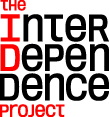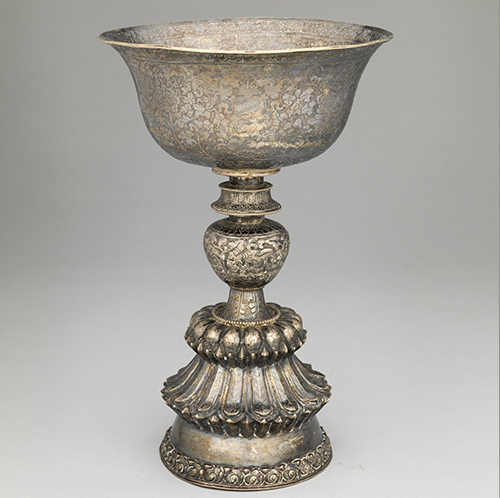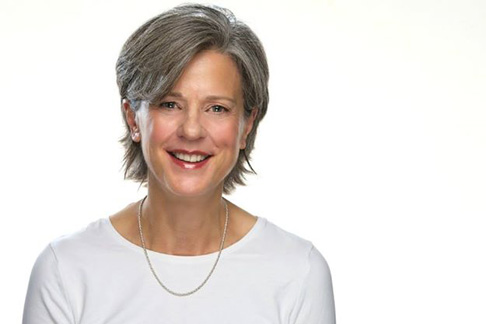
About the Meditation
Meditation session led by Tracy Cochran.
The guided meditation begins at 16:34.
For centuries Himalayan practitioners have used meditation to quiet the mind, open the heart, calm the nervous system, and increase focus. Now Western scientists, business leaders, and the secular world have embraced meditation as a vital tool for brain health.
Whether you’re a beginner, a dabbler, or a skilled meditator seeking the company of others, join expert teachers in a forty-five-minute weekly program designed to fit into your lunch break. Each session will be inspired by a different work of art from the Rubin Museum’s collection and will include an opening talk, a twenty-minute meditation session, and a closing discussion.
This program is supported in part by the Hemera Foundation with thanks to our presenting partners Sharon Salzberg, the Interdependence Project, and Parabola Magazine.


Related Artwork

Theme:Loving Kindness
Butter lamps are a common feature of Tibetan Buddhist temples and monasteries throughout the Himalayas. Butter lamps are traditionally placed on the Buddhist altar as an offering. They are offered during meditation practice or ceremonies with the wish that all beings be free of suffering and reach enlightenment.
The lamps traditionally burn yak butter, but now often use vegetable oil or ghee. Butter lamps help to focus the mind and aid meditation. Oftentimes, monks are in charge of restocking the constant offerings of butter lamps throughout the monastery. Pilgrims also supply lamp oil to gain merit. Externally, the lights are seen to banish darkness and internally to dispel the darkness of ignorance. The benefits of offering just one butter lamp is said to be immeasurable. Butter lamps represent a widely accessible form of offering in Buddhist monasteries throughout the world. Most importantly, butter lamps serve as a resource in occasions and represent the physical embodiment of countless prayers and wishes.
When making an offering, one can easily fall into such traps of negative attitude, and it is critical to ask yourself why you are involved in doing the things that you do, what is your motivation. One makes offerings not for any mundane reason, but one surrenders everything to be able to experience perfect liberation and so that one may be able to liberate other beings as well as oneself.
About the Speaker

Tracy Cochran has been a student and teacher of meditation and spiritual practice for decades. She is the founder of the Hudson River Sangha, which is now virtual and is open to all. The link for her weekly meditations can be found on her website: tracycochran.org.
In addition to the Rubin Museum of Art, Tracy Cochran has taught mindfulness meditation and mindful writing at the New York Insight Meditation Center, as well as in schools, corporations, and other venues nationally and internationally. She is also a writer and the editorial director of Parabola, an acclaimed quarterly magazine that seeks to bring timeless spiritual wisdom to the burning questions of the day. Her writings, podcasts, and other details can be found on her website and on parabola.org.
